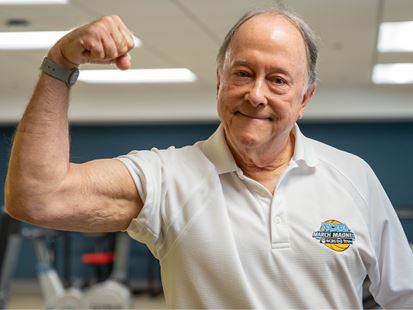In the News
Keep up-to-date on the latest news from around the Acts family.
-
![Bbrownbiking4x3]()
Aging Backwards at Mease Life: One Resident’s Fitness Journey -
![EBP Dianehoeflich4x3]()
Widow Shares Jewish Faith and Journey to Edgewater at Boca Pointe -
![Saedianebrowntravelbuc4x3]()
Enjoy Hassle-Free Travel with Acts Travel Program Across 9 States -
![Csc4x3]()
Acts Retirement-Life Communities Announces New Appointments to Leadership Team -
![Saefrankrosa4x3]()
Living Without Limits: 82-Year-Old Achieves Peak Fitness at His Acts Community -
![SHE Joegable4x3]()
Finding Joy: A Widower's Journey to Spring House Estates -
![Brod Announcement]()
Former LeadgingAge Executive Joins Acts Board -
![EBP Fashion 3X4]()
Edgewater at Boca Pointe-Paps Corp Fashion Show for Cancer Research -
![BUC Jssimmons4x3]()
Moving in Young for Freedom To Truly Live -
![FH Katiekennedy4x3]()
Fairhaven Empowers Stroke Survivor to Regain Active Lifestyle -
![Buchartoutside4x3]()
Tranquil Living at Buckingham's Choice -
![FH Outdoor4x3]()
Fairhaven Called "An Outdoor Lover's Dream"
Media Contacts
Campus Fact Sheets
Select a campus location from the drop-down below
to view and download a fact sheet for that campus.
PDF
Acts Retirement
Azalea Trace
Bayleigh Chase
Brittany Pointe Estates
Buckingham's Choice
Cokesbury Village
Country House
Edgewater at Boca Pointe
Fairhaven
Fort Washington Estates
Granite Farms Estates
Gwynedd Estates
Heron Point of Chestertown
Indian River Estates
Lanier Village Estates
Lima Estates
Magnolia Trace
Manor House
Matthews Glen
Normandy Farms Estates
Park Pointe Village
Southampton Estates
Spring House Estates
St. Andrews Estates
The Evergreens
Tryon Estates
Westminster Village















